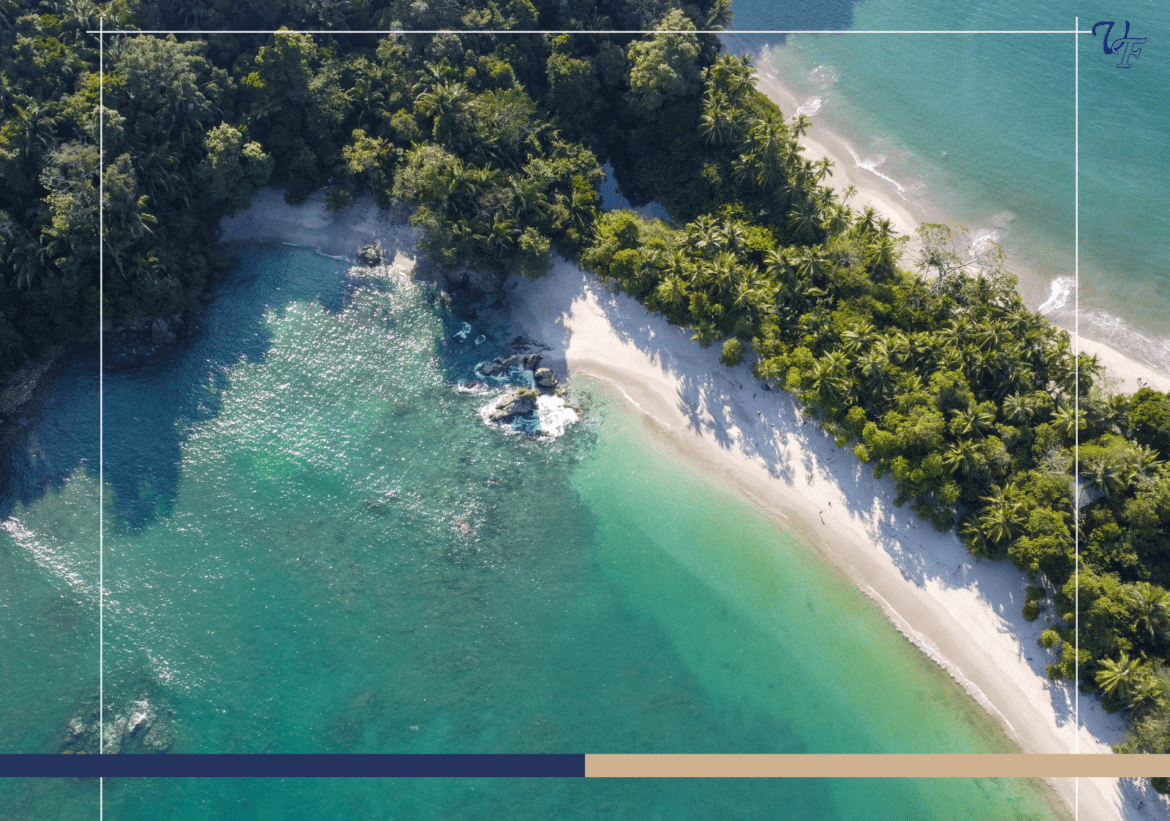One of the most iconic fish species in the world is found in Costa Rica’s Caribbean region—Tarpons. This majestic fish is an integral part of the ecosystem and supports local communities, especially in Barra del Colorado. A concerning decline in their population has brought together conservationists and tourism advocates to protect this species and secure its future.
FECOP, in partnership with the Bonefish and Tarpon Trust (BTT), is working to situate Costa Rica at the forefront of a global movement to protect the tarpon. According to Barra del Colorado South Eco-Tourism Association president Eduardo Pérez, the tarpon population has dropped by 40%, directly affecting the very livelihoods of local families who work in fishing.
According to FECOP, in 2019, sport fishing accounted for nearly $500 million in Costa Rica’s economy. Tarpon is one of the primary attractions for international anglers, so their survival is of great importance. The conservation efforts that BTT carries out include teaching fishing guides and tourists sustainable fishing practices and proper catch-and-release techniques.
Why Proper Catch and Release Matters?
Catch-and-release is popular in sports fishing, but you can only succeed if you handle the fish correctly. Studies show that if the tarpon’s fight time is no longer than 30 minutes and it is kept in the water, its survival rate after letting go can be as high as 90%. However, prolonged fights and taking the fish out of the water significantly increase mortality to 50-60%.
BTT advocates for guides and educates visitors on a healthy tarpon population. Taking “trophy photos” of tarpon cannot be sustainable since it led Texas to suffer its worst decline in the tarpon population during the 1960s from overfishing.
Community Collaborations in Conservation
FECOP and BTT have translated educational materials into Spanish to be distributed in Costa Rican hotels to help implement these conservation guidelines. This program aims to educate tourists before their fishing trips on how to engage responsibly in fishing activities. Guides and hotels can then orient tourists to incorporate this knowledge through orientations and promotional activities on social media.
We want hotels to educate tourists on the importance of keeping tarpon in the water,” said Adams from BTT. “That reduces the pressure on guides and ensures that our practices align with conservation goals.”
Shared Responsibilities
The habitat of the tarpon is in far better condition here than in other regions. Yet, this advantage cannot be maintained without local communities and conservation organizations collaborating with tourism. Focusing on education, adopting sustainable practices, and continuing to support the flourishing culture of sports fishing in Costa Rica will easily ensure the sustainability of its future tarpon populations.
As Costa Rica leads the way in tarpon conservation, this initiative reflects a broader commitment to balancing environmental sustainability with economic development, ensuring that both people and nature can thrive together.











